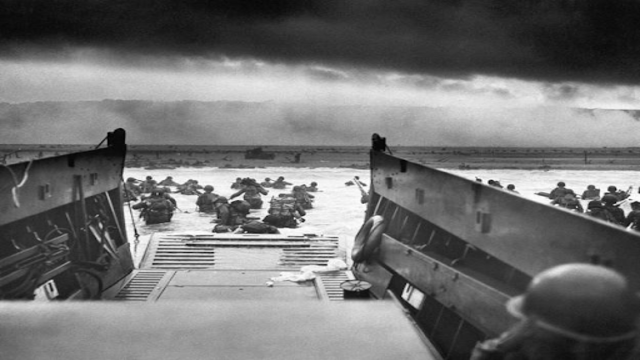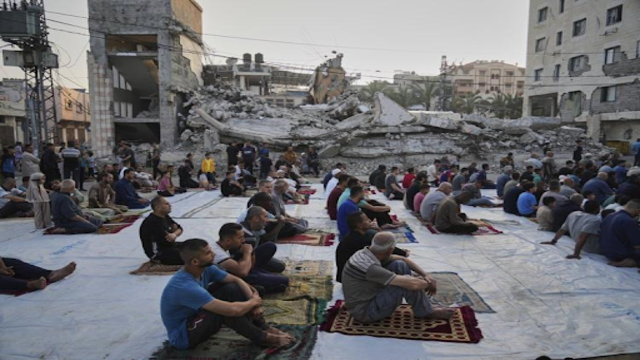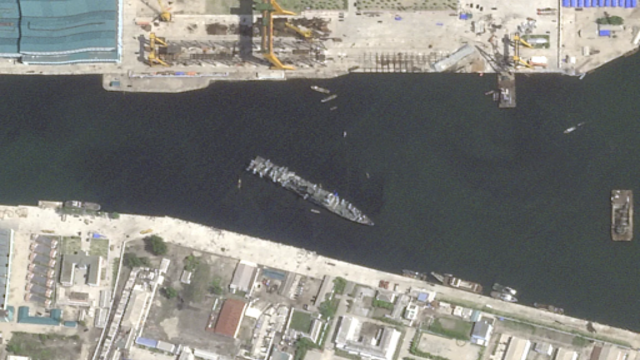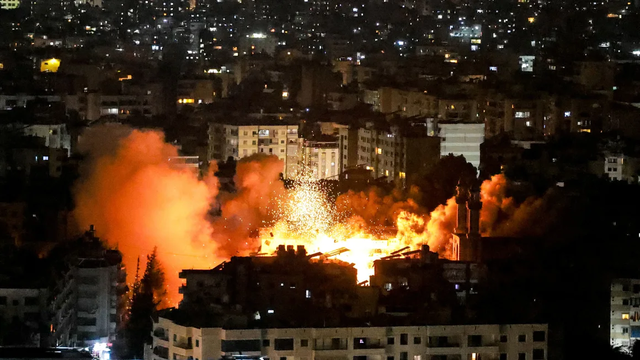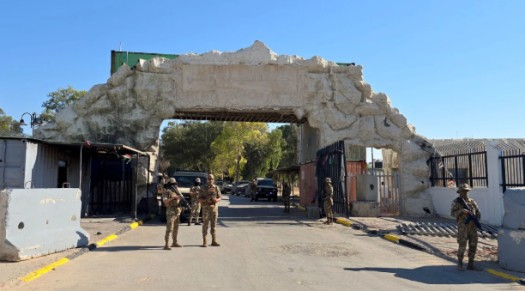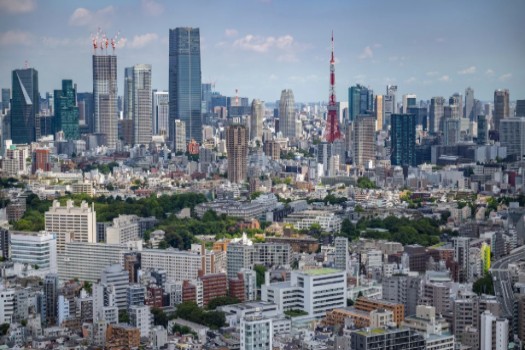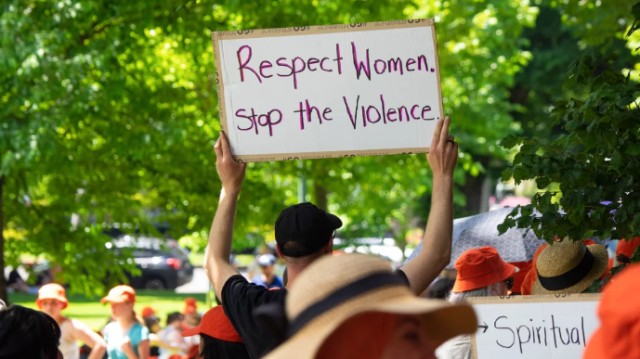
Rescue teams rushed to help people trapped by floodwaters in Clarksville, Tennessee. Emergency workers used boats to reach stranded residents as rising waters flooded streets and homes. Officials urged people to stay safe and avoid dangerous areas. Getty Images
Severe storms brought heavy rains over the weekend, causing deadly floods in the southeastern US. At least nine people have died, with thousands stranded in rising waters. Homes and roads were submerged as emergency teams rushed to rescue those trapped. Officials warned that the situation could worsen as river levels continue to rise.
Kentucky was hit the hardest, with Governor Andy Beshear confirming eight deaths. "Stay off the roads right now and stay alive," he urged residents. Among the victims were a mother, her seven-year-old child, and a 73-year-old man. Some areas saw up to 6 inches of rain, leading to major flooding and road closures.
A ninth death was reported in Georgia after strong winds uprooted a tree that crashed into a man's home. Authorities fear the death toll may rise as more reports come in.
The storm affected Kentucky, Georgia, Alabama, Mississippi, Tennessee, Virginia, West Virginia, and North Carolina. Almost all of these states had already suffered damage from a previous hurricane. More than half a million homes lost power as the storm moved through.
Images online showed cars submerged in floodwaters and streets turning into rivers. Emergency teams worked tirelessly to rescue people stuck in their vehicles. In Tennessee’s Obion County, a levee broke, leading to rapid flooding. Officials urged residents to move to higher ground immediately. "This is a LIFE-THREATENING situation," a warning on social media read.
The town of Rives, located near the Obion River, was severely impacted. Mayor Steve Carr declared a state of emergency and ordered evacuations due to rising waters, power outages, and freezing temperatures.
West Virginia Governor Patrick Morrisey declared a state of emergency in 13 counties, urging residents to be cautious. Other states were also on high alert, with emergency teams closely monitoring the situation.
President Donald Trump approved an emergency disaster declaration, allowing federal aid to support recovery efforts. The Federal Emergency Management Agency (FEMA) was deployed to assist affected communities.
Experts warned that the worst might not be over. "The rivers are still going to rise," said Eric Gibson, a top emergency official in Kentucky. Forecasters predicted more flooding in the coming days. "The effects will continue for a while," added Bob Oravec from the National Weather Service.
Meanwhile, a polar vortex is expected to hit parts of the northern US this week. Temperatures in some areas could drop as low as 14°F (-10°C). Cities like Denver have already set up shelters for the homeless to protect them from the extreme cold.


